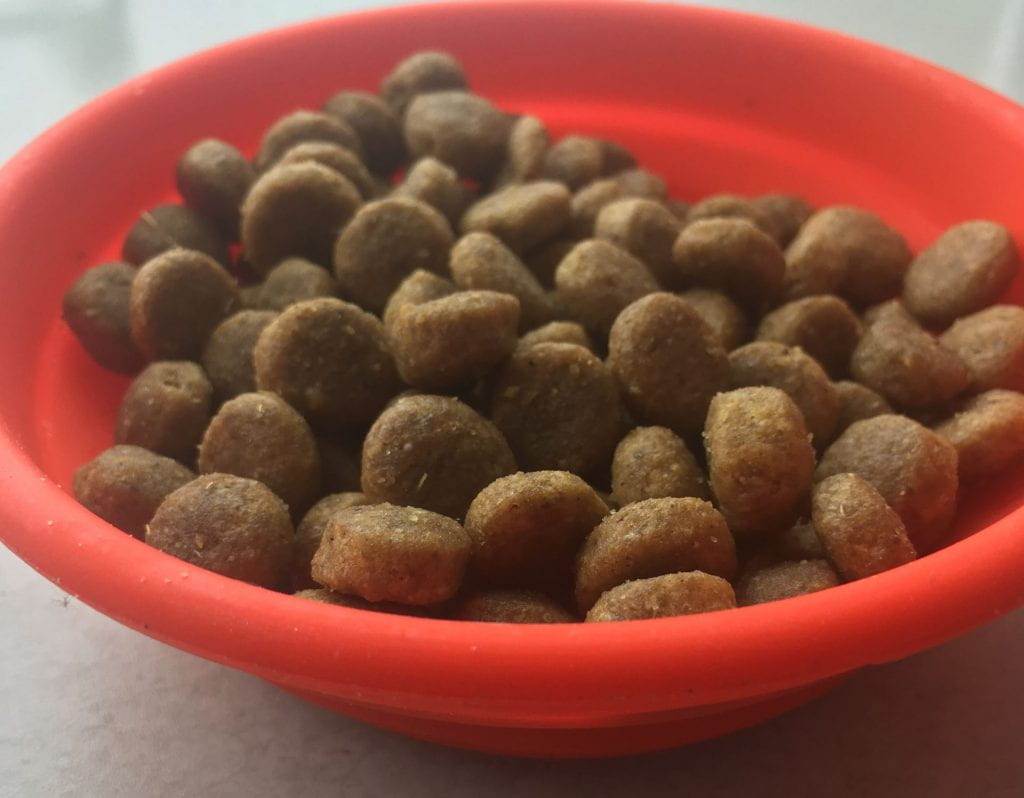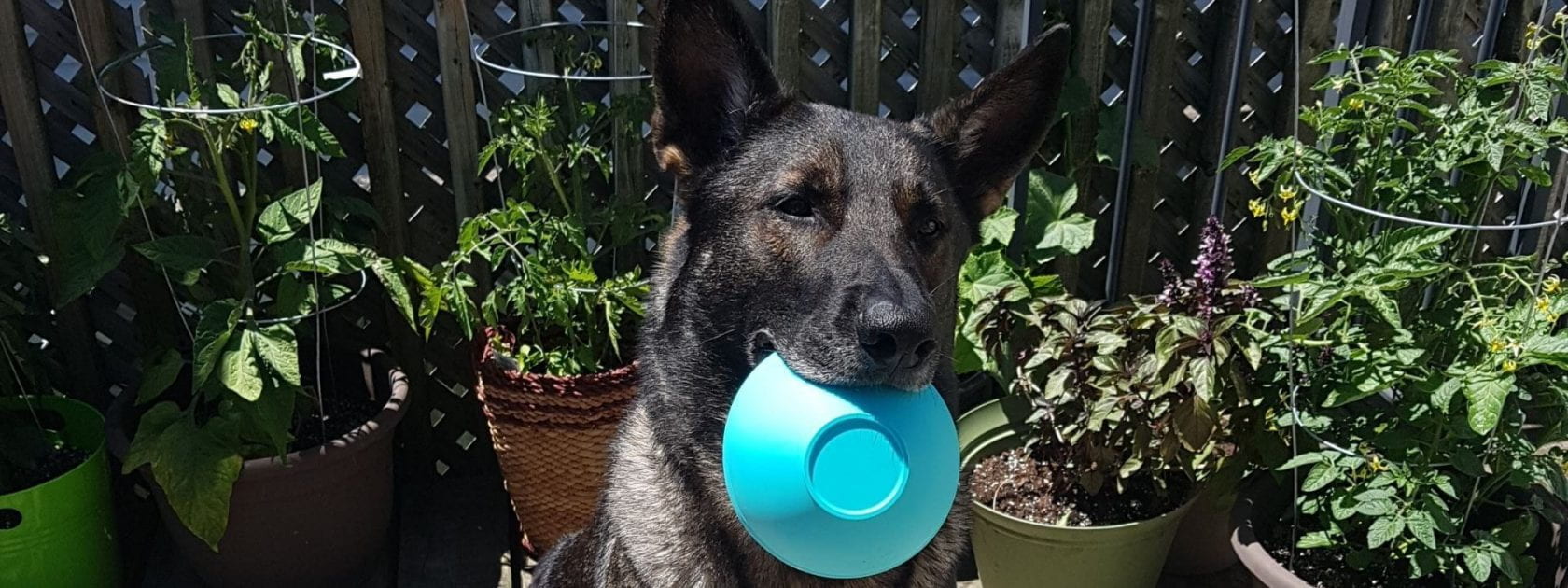When you go about cooking dinner for yourself, do you first wash down the surface before prepping food to make sure it’s clean? How about when you go out to eat, do you check to see if your plate and utensils are clean? When it comes to feeding your pets, do you do the same with their food and water bowls?

As a pet owner to many animals myself, I truly never thought about a hygiene protocol when it comes to preparing meals for my pets. I have always thought it was important that I feed the best quality food that my family could afford but hadn’t really considered the implications of those products not being stored or handled properly. Earlier this summer, while attending the virtual American Academy of Veterinary Nutrition Research Symposium, I had the pleasure of listening to Dr. Emily Luisana’s presentation, in which she discussed how she evaluated dog owners’ feeding habits and influences of specific hygiene protocols. After listening to these findings, my entire outlook on the importance of having appropriate hygienic feeding habits changed for the better.
Dr. Luisana designed a study to investigate the feeding habits of dog owners and whether they knew about the Food and Drug Administration’s (FDA) hygiene protocols for storing pet food and cleaning bowls. She found that most household pet owners weren’t aware of these FDA guidelines for food storage and preparation. I realized that I was the type of pet owner who fell into this category, too.
After listening to this presentation, I was determined to change and follow a better hygiene protocol for my pets. I learned that when washing my pets’ food and water bowls it is important to hand wash in hot water with soap daily. The bowls should get washed last after all human dishes have been washed and a separate sponge or drying towel should be used for pet bowls. Although not ideal, if I want to use my dishwasher it’s okay, however, just pet bowls alone should be in the dishwasher, because if placed inside with human dishes there’s an increased risk for contamination of the plates, glasses and silverware we use at our table.
Even when our pets lick their bowls clean, and to the human eye it appears clean, this is far from true. Just like humans, a dog or cat’s mouth contains many germs that can build-up over time and lead to illness if not kept clean. The combination of germs from your pet’s bowl and inside their mouth could pose a serious health risk, potentially for your pet and for everyone in the home. This is the reason behind the FDA’s recommendation to clean our pets’ food and water bowls daily.

After listening to this presentation and doing some research of my own, I will try hard to follow strict hygiene protocols to ensure my pets and my family are as safe as they can be. If you are concerned about hygiene protocols, it’s best to talk to your veterinarian to ensure that you are doing all you can to prevent the spread of contamination. During my research, I came across the following websites from the FDA that offer some good guidelines.
- Proper storage of pet food and treats
- Tips for safe handling of pet food and treats
- FDA facts on raw food diets
Here are a few ways in which I have changed my hygiene protocol:
- I now ensure that my pets’ foods are stored in the original packaging, just in case I ever must contact the FDA (if there was ever an issue with the product).
- I’m also coming to understand the importance of checking the labels on pet food products. I want my pet’s food to be FDA approved and to know that ingredients in the product are safe.
- I found the link about ‘tips for safe handling’ to be one of the most useful for clear protocol guidelines. I now ensure my hands and all surfaces are washed with soap and hot water prior to and after feeding my pets’ meals.
- Finally, I make sure that the bowls and utensils used to scoop their meals are washed before and after each feeding.
Written by Brooklynn Liversidge, Honours Bachelor of Science Degree- Major in Animal Biology and summer volunteer with the OVC Pet Nutrition Team.
Reviewed by Dr. Sarah Abood.


